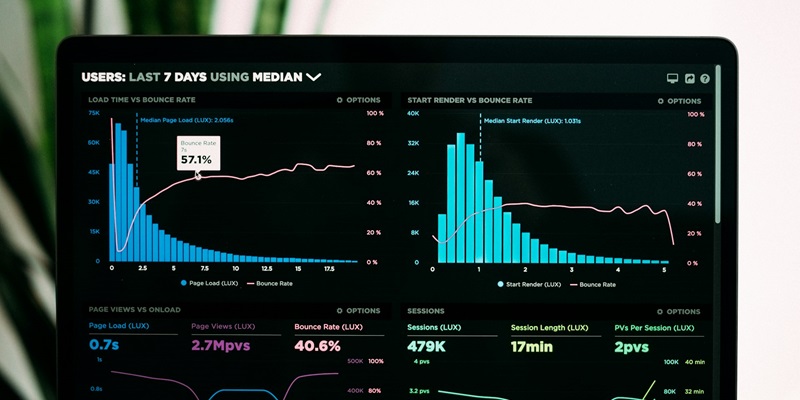In the wake of the pandemic, a notable disconnect has arisen in the workplace, with phenomena such as “Quiet Quitting,” where disenchanted workers just meet job expectations, and “Quiet Firing,” where businesses subtly downsize staff. These developments underscore the widening chasm between employers and employees. People analytics emerge as a potent instrument to decipher and mend this fissure, offering detailed insights into workforce dynamics. By tapping into data analytics, companies can more adeptly identify issues like waning employee engagement and take preemptive steps to enhance the work environment, fostering a more harmonious and productive relationship with their employees. Thus, people analytics stands as a critical ally in the quest to reconcile employer-employee relations in the evolving work landscape.
The Rise of Workplace Discontent
In America, job satisfaction is hitting low points, with a quarter of the workforce naming work as their principal source of stress. This disenchantment sparks behavior like Quiet Quitting, where employees, devoid of motivation or in silent protest, limit their efforts to what is strictly required, or just walk away. Such an attitude is not without repercussions; those who stay face increased workloads and a deteriorating workplace atmosphere, setting in motion a vicious cycle of burnout and turnover.
The response from some companies is to tighten their belts through “Quiet Firing,” subtly encouraging employees to exit rather than implementing overt layoffs. This tactic, however, feeds into a climate of mistrust and apprehension, as individuals sense their job security eroding. The resultant stress propagates an air of uncertainty, further fracturing the already fragile employer-employee relationship.
People Analytics as a Strategic Resource
In an era of uncertainty, people analytics stands as a guiding light, offering companies a data-based perspective on employee relations. Through key performance indicators, organizations can objectively evaluate their workforce’s productivity and engagement levels. This transition to statistical analysis supplants instinctive decisions with informed, systematic action plans targeted at bridging the gap between employers and employees.
Analytics enables businesses to probe beyond apparent trends, identifying root causes of employee dissatisfaction and detachment. Armed with precise data, these firms can confront and eliminate unfounded prejudices, making room for impactful interventions that cultivate a more vibrant and tenacious corporate culture. Through the strategic application of people analytics, companies are better equipped to nurture a workplace atmosphere in which both employer welfare and employee satisfaction are prioritized.
Restoring Workplace Sanity
Data provided through people analytics has the power to restore some sanity to the workplace. It brings to light often hidden inefficiencies, such as an overabundance of meetings that could be siphoning valuable time and energy. Addressing these inefficiencies paves the way for streamlining workflows, with analytics identifying areas ripe for improvement. The ultimate outcome is a more efficient, less pressurized environment where employees can focus on meaningful work rather than needless bureaucracy.
A cohesive strategy forged from analytics reduces arbitrary workload allocations and aims to establish an equitable distribution of tasks. This not only elevates productivity but also nurtures a sense of fairness and respect, integral to job satisfaction and the mental well-being of the workforce.
Empowering Leadership with Insights
People analytics is a potent tool that offers leaders vital insights into their team’s welfare and contentment. It uncovers underlying trends, enabling proactive resolution of potential issues. Grasping what fuels employee engagement, leaders can foster a nurturing workplace where employees feel cherished and understood.
This analytical approach also highlights individual achievements, allowing leaders to commend top contributors and aid those falling behind. Recognizing employees’ hard work directly feeds their inner drive, which is essential in countering the effects of Quiet Quitting. By showing appreciation for individual efforts, leaders cultivate a more committed and vibrant workforce. In this way, people analytics isn’t just about monitoring performance but also about building a culture of recognition and support that can lead to greater team cohesion and productivity.
Moving Beyond Instinct to Data-Driven Decisions
Transitioning to data-driven management is essential in today’s work environment. This shift offers numerous advantages to both employers and employees. Leaders gain valuable insights that enable them to utilize resources efficiently and create an innovative atmosphere. For workers, a data-centric workplace means acknowledgment of their efforts, appropriate assistance, and a path to improved job satisfaction.
Embracing a data-focused strategy transforms corporate culture, driving financial success and fostering a more rewarding professional life. The use of people analytics paves the way for aligning the goals of the company with the aspirations of its staff.
Ultimately, adopting people analytics serves as a model for a scientifically guided and more compassionate workplace. By employing fact-based strategies when navigating the relationship between employer and employee, the future of work could be characterized by shared success, mutual understanding, and happiness.

